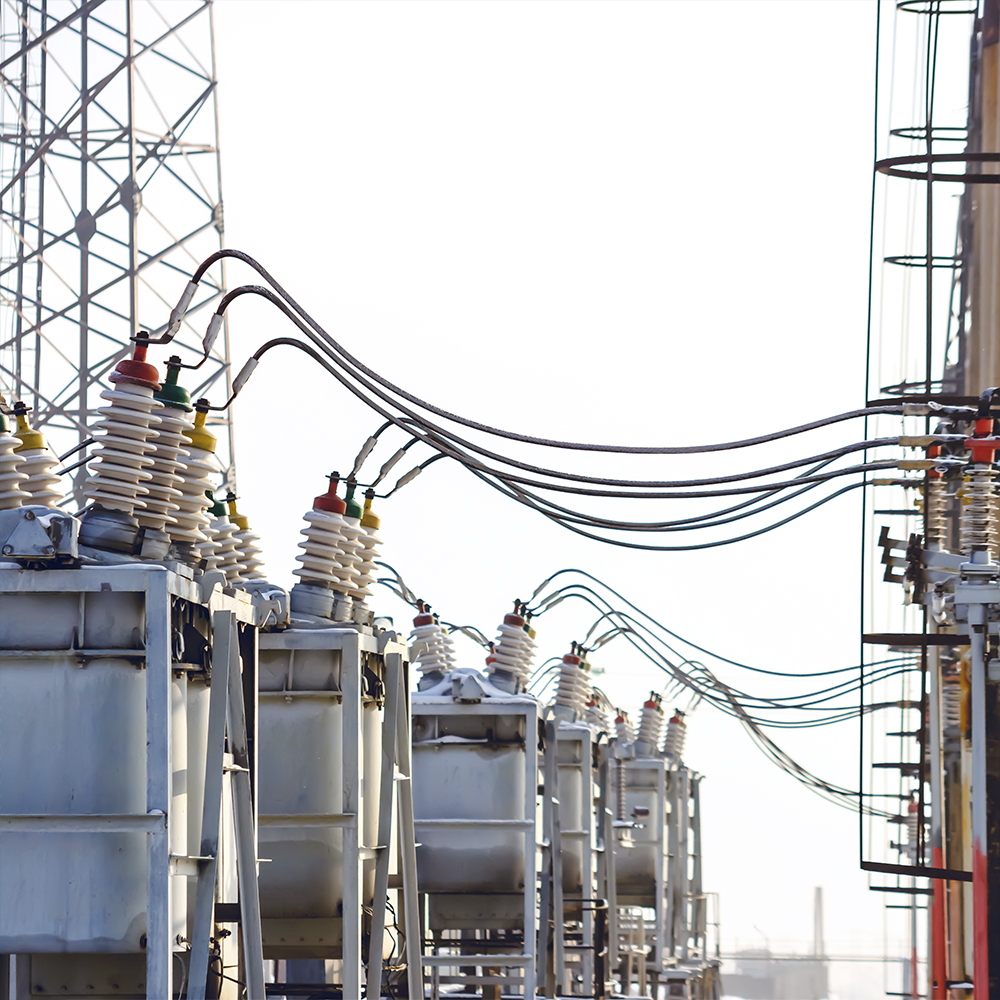
In the ever-evolving landscape of renewable energy, the synergy between solar and wind power has emerged as a potent force. Professionals in the energy sector are increasingly turning to the combination of solar and wind energy to create a sustainable and efficient power solution. This guide explores the intricacies of harnessing solar wind energy, providing professionals with valuable insights into its benefits, challenges, and implementation strategies.
Understanding the Dynamics of Solar Wind Energy
Solar wind energy is a hybrid power solution integrating solar photovoltaic (PV) technology with wind turbines. This combination addresses the intermittency issues associated with individual renewable sources, ensuring a more consistent and reliable energy output. Solar panels generate electricity from sunlight during the day, while wind turbines produce energy from wind currents, especially at night and in cloudy weather.
Advantages
Combining solar and wind power makes the energy system more stable and reliable. The complementary nature of these sources ensures a continuous power supply, minimizing the impact of fluctuations in weather conditions.The synergy between its which is increases production. During periods of low sunlight, wind turbines can compensate, and vice versa, maximizing overall output and optimizing energy capture.
Reduced Environmental Impact
Solar wind energy is a clean, green power solution. It significantly reduces carbon emissions and reliance on fossil fuels, contributing to a more sustainable and eco-friendly energy sector.
The economies of scale associated with it make it a cost-effective option in the long run. While the initial setup costs might be higher, the ongoing operational expenses are comparatively lower, resulting in significant savings over time.
Challenges and Solutions
While the benefits of solar wind energy integration are substantial, professionals need to be aware of the challenges involved and implement effective solutions. One of the primary challenges is managing the intermittency of renewable sources. To address this, professionals can integrate energy storage solutions, such as advanced battery technologies, to store excess energy during peak production times and release it during periods of low generation.
Integration Planning
Proper planning is crucial for successfully integrating solar and wind power. Professionals should conduct site assessments to optimize system performance, considering local weather patterns and environmental factors. Ensuring compatibility with existing power grids is essential. Professionals should collaborate with grid operators to develop seamless integration strategies, including grid-balancing techniques and innovative grid technologies.
Technological Advances: Staying abreast of technological advancements is critical to overcoming challenges. Innovations in solar and wind technologies, such as more efficient panels and turbines, can enhance overall system performance.
Implementation Strategies
Implementing a system requires a strategic approach. Professionals can follow these steps for a successful integration. Conduct a comprehensive site assessment, considering factors such as solar irradiance, wind speed, and topography. This data will inform the design and layout of the solar panels and wind turbines.
Hybrid System Design
Develop a hybrid system design that optimizes the synergy between solar and wind power. This includes selecting the appropriate combination of solar panels and wind turbines based on the site’s characteristics. Integrate energy storage solutions to address intermittency issues. High-capacity batteries can store excess energy for use during periods of low generation, ensuring a continuous and reliable power supply.
Grid Integration
Collaborate with local grid operators to ensure seamless grid integration. This may involve implementing grid-balancing technologies and communication systems to manage the energy flow between the renewable and grid systems. Establish a robust monitoring and maintenance program to ensure the ongoing efficiency of it system. Regular inspections, performance monitoring, and preventive maintenance are crucial for long-term success.
The integration of solar and wind energy represents a paradigm shift in renewable energy. For professionals in the energy sector, harnessing the power of the sun and wind in tandem offers a sustainable, reliable, and cost-effective solution. By understanding the dynamics, addressing challenges, and implementing strategic solutions, professionals can contribute to a greener and more resilient energy future. Embracing the ultimate guide to harnessing solar wind energy benefits the environment and positions businesses at the forefront of the evolving energy landscape.